The fly lays its eggs on leaves of the foodplant, close to where larvae are feeding The tiny eggs are then eaten whole by the larvae and the grubs that emerge feed on the insides of their host, avoiding the vital organs A fly grub eventually kills its host and emerges from either the fullygrown larva or pupa before itself pupating Milkweed bug eggs When they lay eggs, they're very easy to identify are they're brightly colored with orange coloration and are stuck to the plant You can tell if they're milkweed bug eggs because they females will lay about 2550 eggs, depending on where the bugs are natively located Several days ago, a cluster of bright yellow spherical eggs appeared on the underside of one of our milkweed plants (Asclepias syriaca) in the garden I have no idea what they are Ladybird beetle eggs can be yellow but are, I think, more elongated This morning I found a group of orange eggs on the swamp milkweed (Asclepias incarnata) out back

Stop Milkweed Pests From Ruining Milkweed For Monarchs
What are the orange eggs on my milkweed
What are the orange eggs on my milkweed- Eisenstein's response The bright yellow aphids found on milkweeds are destructive, nonnative pests It is important to remove and dispose of them at first appearance or they will quickly infest Try pasting "which milkweed plants do monarchs breed on" into google, turn on images, and start looking TONS of images there Surely you can match what you have to images already online Also look on the underside of the leaves Monarch eggs are tiny, yellow little dots, and will be widely scattered Also watch for tiny caterpillars
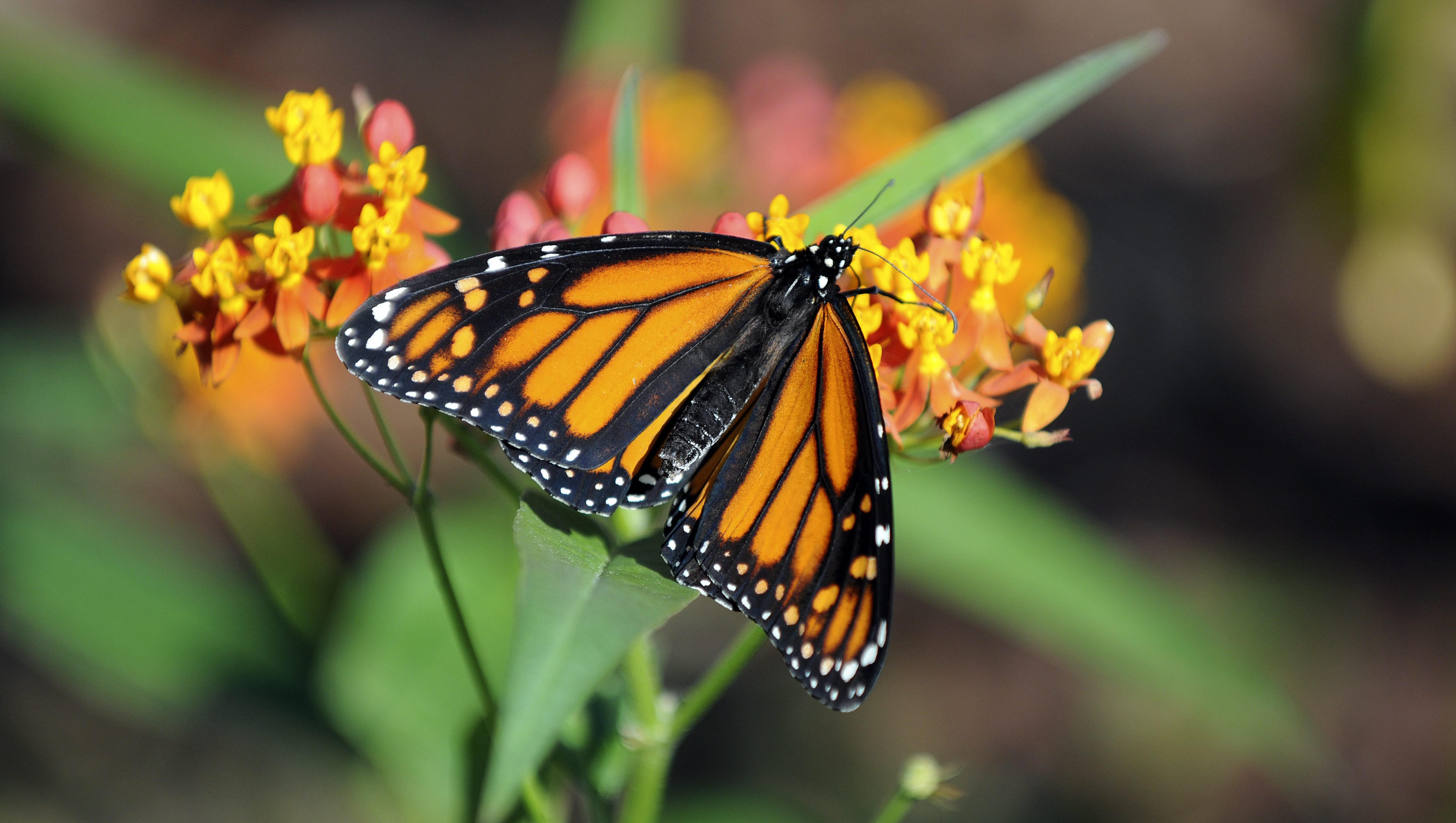



Growing A Non Native Milkweed Cut It Back Before Thanksgiving
Multiple larvae (grubs, to beetle fanciers) hatch out (more about that later) and feed together on milkweed leaves for a while before going their separate ways As their name implies, SWLBs eat milkweed (they may prefer Swamp milkweed, but they're found on other milkweeds as well) Multiple eggs are laid under milkweed leaves; And found a cluster of golden eggs on the bottom of a milkweed plant, but let it be Perhaps some kind of leaf footed bug?
It's on common milkweed Somebody suggested Lynx Spider eggs, but I haven't been able to find any matching images No adult close by to guard the eggs, either I have these spiders around though Going to keep an eye on the eggsCommon Milkweed Pests Aphids Aphids which are often found on milkweed plants are yellow, soft, oval, and huddle together on new shoots, stems, buds, and leaves They damage the plant by sucking liquid from the plant, eventually stressing the plant and killing it when infestation is high Suggestions Hose them off with water using yourMonarch Butterfly on Tropical Milkweed The Milkweed plant is the sole host plant for Monarch butterflies Although Monarchs have preferences of some varieties over others, there are many different species of milkweed plants that Monarch caterpillars will gladly gobble up
Guidance on milkweed management confuses butterfly gardeners Confusion reigns for gardeners and Monarch butterfly enthusiasts trying to "do the right thing" managing their late season milkweed, the host plant of Monarch butterflies Monarch laying eggs on Swamp milkweed, Asclepias incarnata, in downtown San Antonio Aphids are bright yellow A monarch egg is white or offwhite It's ovoid in shape, and if you look very closely with a magnifying glass, you'll see vertical ridges along the sides As the tiny larva inside develops, the egg will darken slightly in color before hatching in about 3 – 5 daysCleaned tubes and emptied container of LOTS of frass Day 10 July 10 Now have five little caterpillars after all four eggs gathered yesterday hatched!
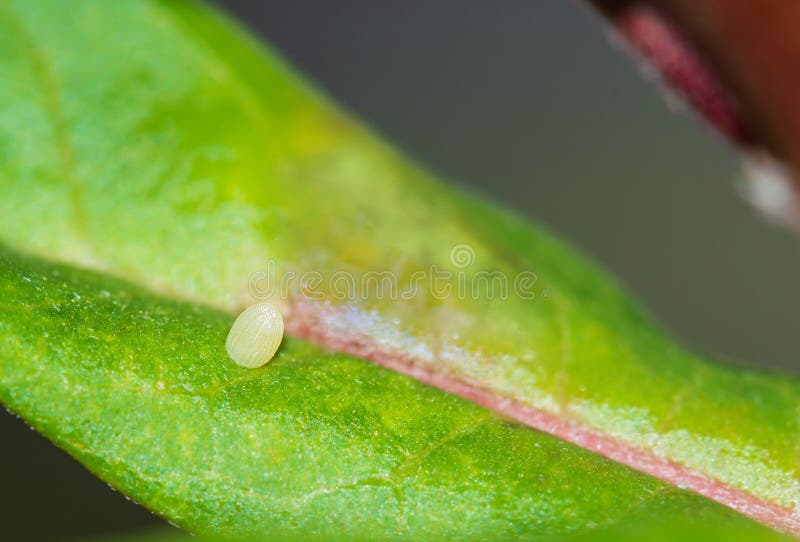



3 917 Butterfly Egg Photos Free Royalty Free Stock Photos From Dreamstime




Plan To Save Monarch Butterflies Backfires Science as
Thoroughly inspect your milkweed, rescue any eggs or caterpillars, and move them onto an uninfected plant, or to a protected location, like a netted butterfly pavilion A blast of water removes aphids from milkweed but watch out for teeny, tiny, Monarch eggs attached under the leaves If you can relax a bit and let nature take its course, just The researchers discovered the most eggs on milkweed growing on farmland and the fewest on roadside plants "Female monarchs are likely attracted to agricultural lands because it is easier for themThis species uses milkweed at all stages of its life cycle The adult lays it eggs on milkweed only The larvae of this species are herbivorous, and milkweed is the only food the caterpillars can eat The adults of this species are nectivorous They drink nectar from many species of flowers, including milkweed




Milkweed Beauty On The Wing



How To Find Monarch Eggs And Caterpillars Save Our Monarchs
The yellow "eggs" you see now are a different insect called oleander aphids They are feeding on the sap of the milkweed using mosquitolike mouthparts They're gregarious, occur in large numbersCommon Milkweed Asclepias syriaca As low as $1199 Sale $9 Per Plant 3" Pot Common Milkweed is the mostwell known of the milkweeds – and an important food source and host plant for Monarch butterflies This reliably coldhardy native plant is as beautiful as it is tough Place 23 milkweed seeds into each cup of the tray Try to leave about 1⁄4 in (064 cm) of space between each seed in each cup Store the seed trays in a cool, dark place for at least 3 weeks and up to 3 months Place your seed trays in a refrigerator, shed, or basement room that stays around 41 °F (5 °C)




When Aphids Suck The Life From Your Milkweed Here S How To Safely Get Rid Of Them Texas Butterfly Ranch
.jpg)



Mersey Tobeatic Research Institute Mtri Institut De Recherche Du Mersey Tobeatic
Gittins will send back milkweed seeds as soon as he can so you get them in the ground I found an organization, Live Monarch Foundation, that also offers free seeds If you mail a selfaddressed, stamped envelope to Live Monarch Seed Campaign, PO BOX 1339, Blairsville, GA , the foundation will send back 15 butterfly garden seeds You can keep those golden eggs right there Y'know, I don't think (think is an operative word here) we have those in my county I've never seen them before I googled and found them in some other counties in Texas (not many) so it's probably just a matter of time Leptoglossus is very common here way too common Andrew Myers In 16, monarchs laid the most eggs on milkweed in corn, followed by prairie and bare ground In 17, the butterflies favored prairie milkweed while the bare ground and corn habitats tied for second Perhaps the biggest surprise was that, for both years, soybean came in last, a different result from previous studies




Monarch Butterfly Faqs




Milkweed Back Yard Biology
The Blobby, Dazzling World of Insect Eggs aocshare This cluster of baby bug marbles belongs to the shield bug (Photo SIMON SHIM/com) Bugs lay their eggs in many different waysThis species uses milkweed at all stages of its life cycle The adult lays it eggs on milkweed only The larvae of this species are herbivorous, and milkweed is the only food the caterpillars can eat The adults of this species are nectivorous They drink nectar from many species of flowers, including milkweed Milkweed is the plant choice of monarch butterflies, and milkweed can be planted to attract monarchs Milkweed is hardy in US Department of Agriculture (USDA) plant hardiness zones 3 through 11




Furry Bodied Monarch Is Nectaring On Golden Milkweed Flickr




Growing A Non Native Milkweed Cut It Back Before Thanksgiving
Flickr photos, groups, and tags related to the "redmilkweed" Flickr tag Milkweed plants have flowers that attract butterflies, bees, and other pollinators In fact, it is the only host plant of the monarch butterfly But there are a lot of insects attracted to milkweed This article discusses some fascinating facts about milkweed you probably didn't know, and the plant's unique relationship to many insectsMonarchs caterpillars only eat milkweed If monarch eggs are laid on plants other than milkweed, the caterpillars cannot survive and ultimately starve to death Monarch caterpillars rely on
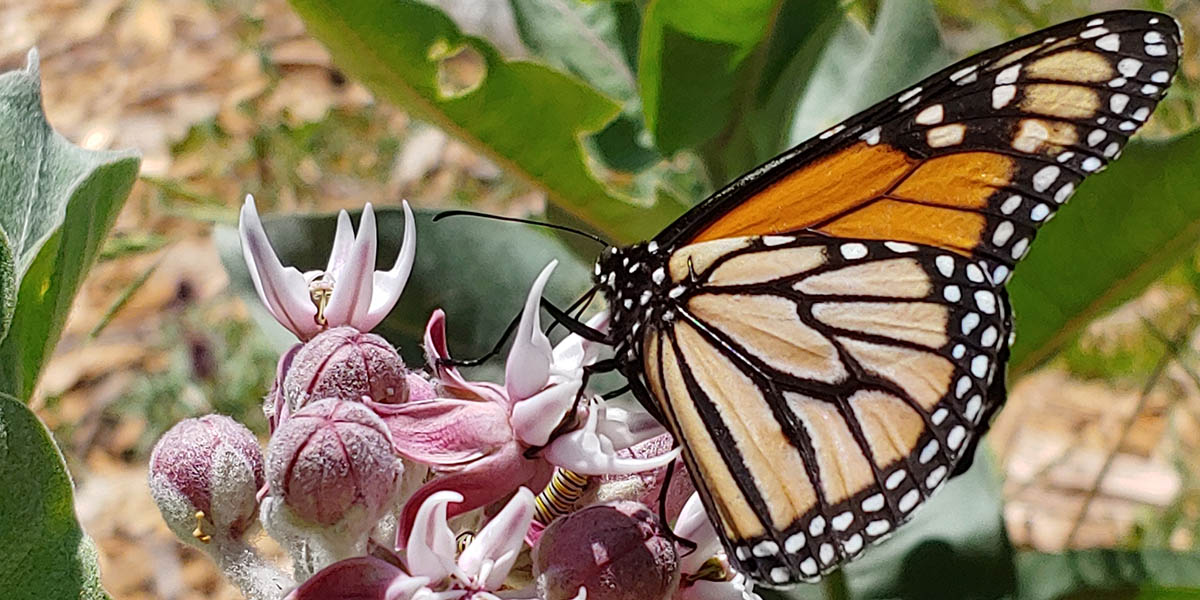



Here S What We Re Doing To Help Protect Monarch Butterflies Golden Gate National Parks Conservancy
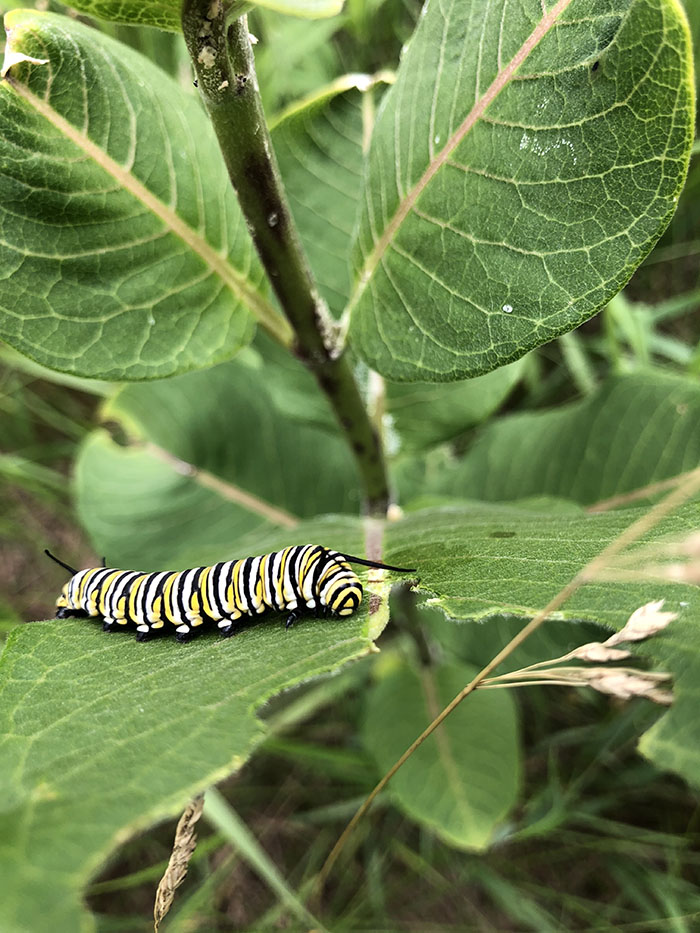



Mowing Milkweed Means More Monarchs Great Lakes Echo
And the three originals are getting bigger by the hourCommon milkweed is a member of the Asclepiadaceae (milkweed) family It is one of about 115 species that occur in the Americas Most species are tropical or arid land species The genus name, Asclepias, commemorates Asklepios, the Greek god of medicine Some of the milkweed species have a history of medicinal use including common milkweed (wartKylie's kindergarten teacher called the Sundale Preserve a wildlife habitat Earlier in the year, Kylie's whole class had helped plant milkweed in the garden for butterfly food Last weekend, Kylie and Georgia had seen tiny, golden eggs clinging to the leaves of some milkweed plants She wanted to see if any of them had hatched into




Torch Lily Kim Smith Films
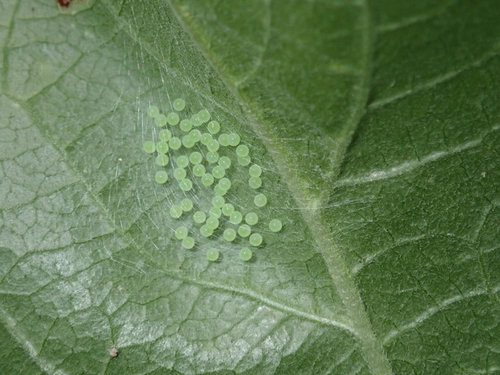



Green Eggs On Milkweed
No They are herbivores and only eat milkweed They are harmless to monarch larvae and eggs so you can leave them on your milkweed plant if you have enough to go around Identification Red/orange in color with oval spots all over body and unringed antennae Common milkweed plants catch the spotlight as being the home and restaurant of monarch butterfly larvae, but that's only part of the story Right now across Michigan, other insects are finding common milkweed, Asclepias syriaca, a place of good food and good times The milkweed tussock moth, Euchaetes egle, begins its life as a tiny, nondescript larva, feeding with Monarchs, those majestic orange and black butterflies that flit about our gardens in the heat of summer, may feed on a variety of nectaring flowers as adults, but as larvae they are entirely dependent on milkweeds for food The female seeks out these lifegiving plants and lays her tiny golden eggs on the underside of the leaves



3




Milkweed Insects Horticulture And Home Pest News
Across the country the Monarch will find a milkweed plant (there are many varieties out there), sip the nectar out of the flowers, lay a few eggs on the underside of the leaves and then flutter off to find its next meal and larvae host Asclepias is the genus name given to milkweed There are over 140 types of milkweed species known The eggs on your milkweed look like Monarchs to me Artsey Welcome to GardenStew by thw way I hope you'll make your stay with us a long one D eileen, #2 toni Mistress of Garden Junque Staff Member Moderator Plants Contributor Joined Messages 19,607 Likes ReceivedMonarch butterflies commonly lay a single egg on each milkweed plant under a leaf The milkweed aphids are yellow and generally live in colonies while the egg is and white and commonly on its own Advertisement Winter Care and Toxicity Milkweed plants survive the winter in cold regions by going dormant In fall, adding a 3 to 4inchdeep layer




Full Wing Monarch On Red And Gold Milkweed Explore Oct 19 Flickr




How To Raise Monarch Butterflies A Basic Guide The Jersey Momma
Milkweed Bug Control Unless you're a milkweed plant farmer, milkweed bugs in the garden don't require any type of control They're generally considered a beneficial insect because their feeding activity can end the life cycle of milkweed plants This helps to control the milkweed plant, which can be invasive but is also an important food source and breeding Most people assume milkweed without flowers will not attract any butterflies Flowers or not, though, female monarch butterflies spend most of their lives seeking out milkweed plants to lay eggs upon Once these eggs hatch, the caterpillars don't care if their milkweed host plant has blooms as long as they have plenty of milkweed leaves to eatCommon milkweed (Asclepias syriaca) is a perennial plant that can be found in a wide range of habitats including roadsides, fields, and gardens It is native to North America and reproduces primarily from seed Once it is established it can spread from its rhizomatous root system Common milkweed stems are covered with opposite, oval shaped leaves



Can Anybody Identify This Egg Cluster It Is On The Underside Of One Of My Milkweed Plants Monarchbutterfly




Gardening What You Should Know About Monarch Butterflies Orange County Register
Swamp Milkweed is a native perennial of the eastern and central United States and southern Canada (Manitoba, Quebec, and Nova Scotia) It is common in wetlands Swamp milkweed will often have multiple stems up to 2 m tall and it can have several stems coming from one single root crown (Ivey et al, 03) Each stem on average can have 22 pink Milkweed Yellows Phytoplasma This bacterial disease is spread mainly by leaf hoppers and is recognized by yellowing leaves with twisted shapes, and die back of branches Plants affected by this should be immediately removed and discarded If left for the leaf hoppers, they'll quickly spread the bacteria to other plants in the vicinity Once a week during the study period, Nestle would count the monarch eggs attached to milkweed plants in each plot Monarch eggs are about the size of a pinhead and must be counted by hand "On my




Stop Milkweed Pests From Ruining Milkweed For Monarchs




Eggs On Milkweed Might Be Moth Eggs What S That Bug
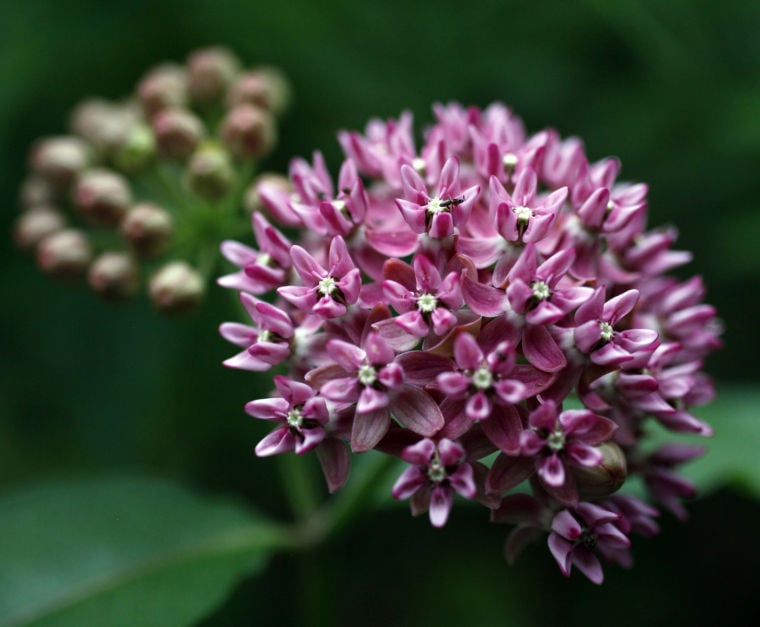



Master Gardener Why Milkweed Plants Are So Important For Monarchs Home Garden Tulsaworld Com




Milkweed Tussock Moth Larvae Feed On Common Milkweed Msu Extension




How To Grow Milkweed For Monarch Butterflies Garden Design



Monarch Butterfly Oceanside Conservation Trust Of Casco Bay




Prepare Milkweed Plants For Monarch Eggs Raise The Migration Monarch Butterfly Life




Ca Monarch Butterfly Population Drops 99 Can Milkweed Save It San Francisco Ca Patch



3




Stop Milkweed Pests From Ruining Milkweed For Monarchs




Stop Milkweed Pests From Ruining Milkweed For Monarchs




Goodmorning Everyone The Monarch S Are Laying Eggs On The Milkweed This Morning Gardening
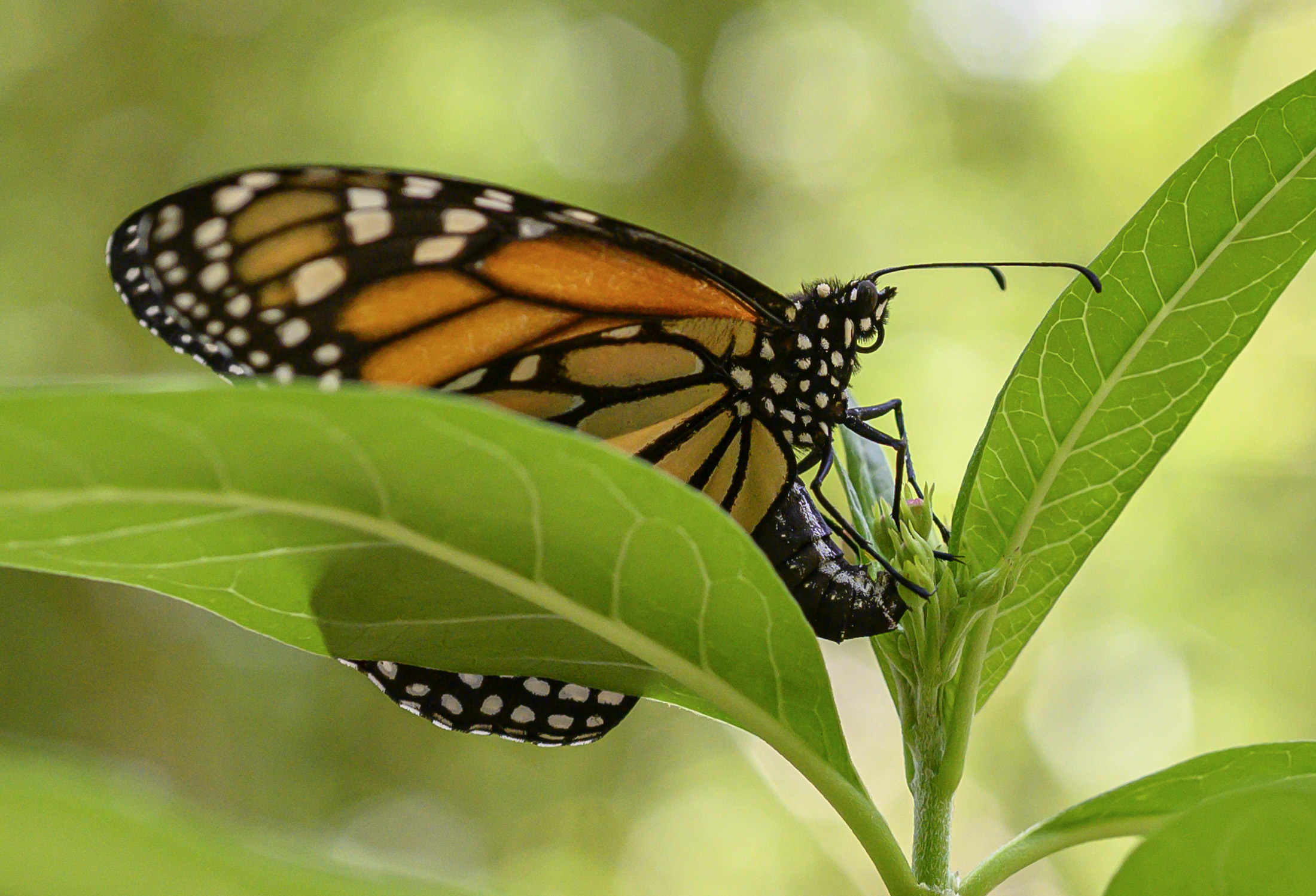



Mother Of Monarchs Unexpectedly Rearing 22 Caterpillars Florida Museum Blog



5 Steps To Rearing Monarchs At Home Save Our Monarchs




Narrowleaf Milkweed Asclepias Fascicularis Non Gmo Milkweed Seeds The Living Seed Company Llc




Monarch Caterpillars Kim Smith Films




Torch Lily Kim Smith Films




Photo Monarch Butterfly Lands On Milkweed Flowers Santa Cruz Sentinel



Q Tbn And9gcsb1bvnflv3xopzvt6 G2xyovndbnwb3oabzbjv9bdb1q5zfdlz Usqp Cau




That Ain T No Monarch Meet These Other Caterpillars That Feed On Milkweed Texas Butterfly Ranch
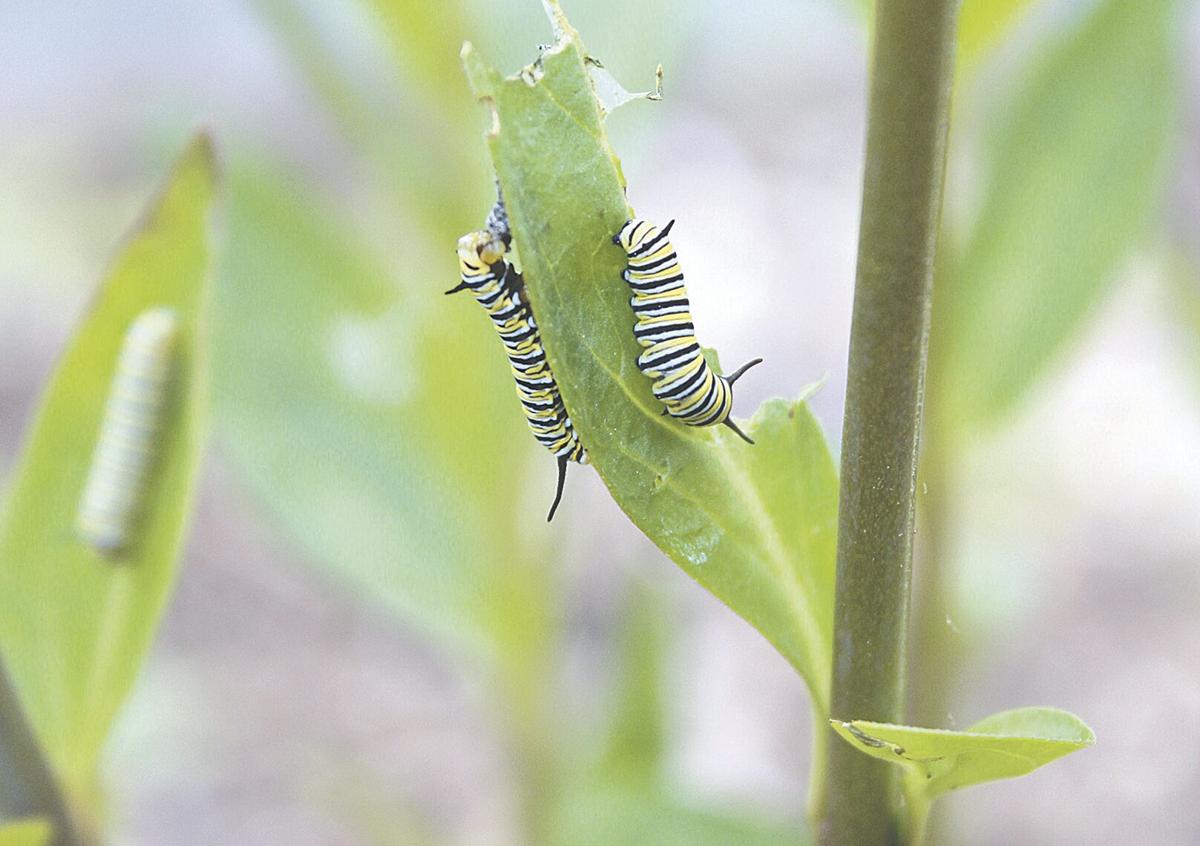



Monarchs And Milkweed Local Butterfly Lovers Raise Monarchs Spread Conservation Awareness News Murrayledger Com




If You Plant It They Will Come Conserving Carolina




Secret To Killing Milkweed Aphids Not Monarch Butterfly Eggs Capital Gazette




Golden Eggs Probably Coreid Bug Eggs What S That Bug



Do Monarch Caterpillars Eat Anything Besides Milkweed
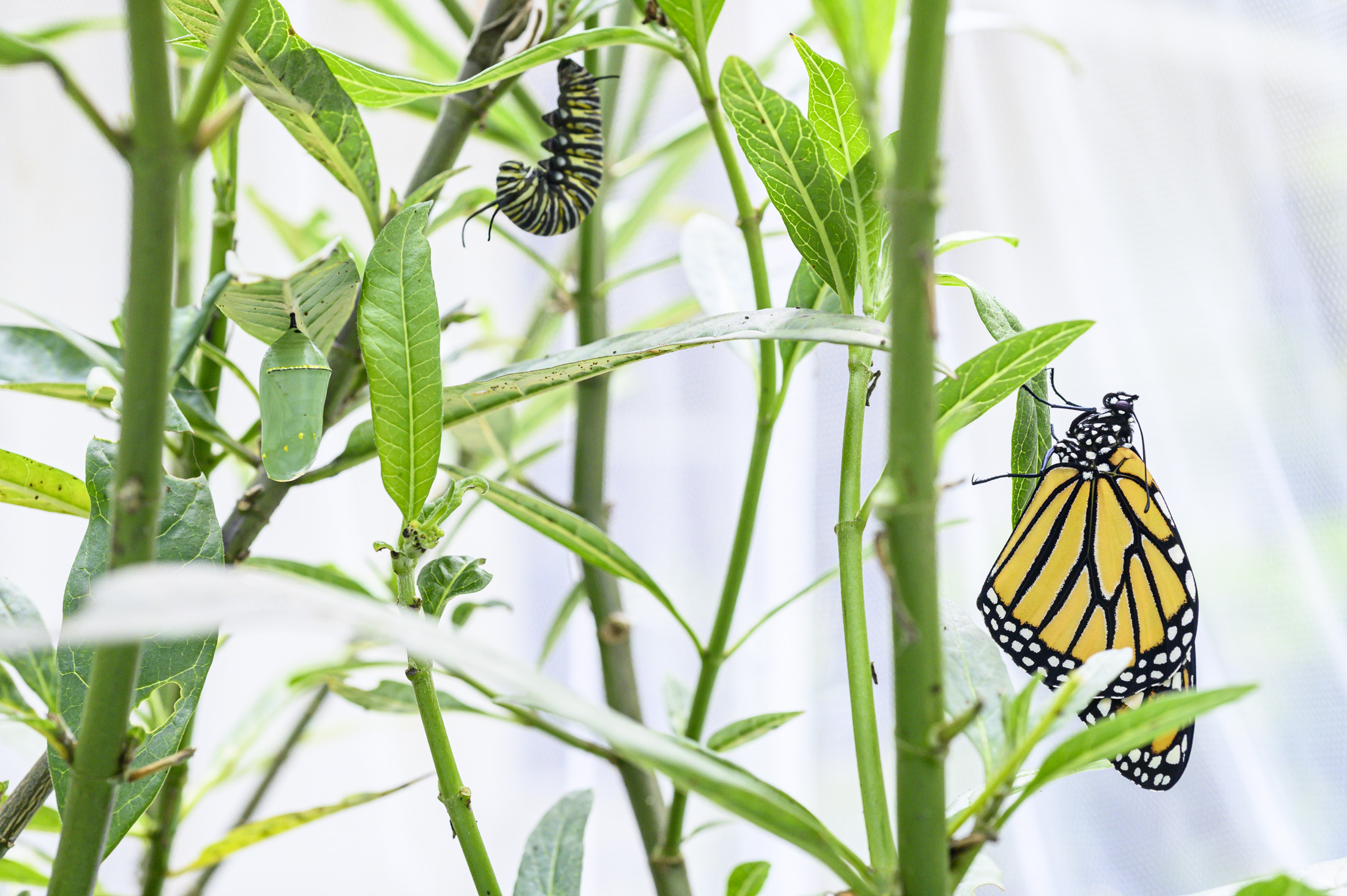



Mother Of Monarchs Unexpectedly Rearing 22 Caterpillars Florida Museum Blog
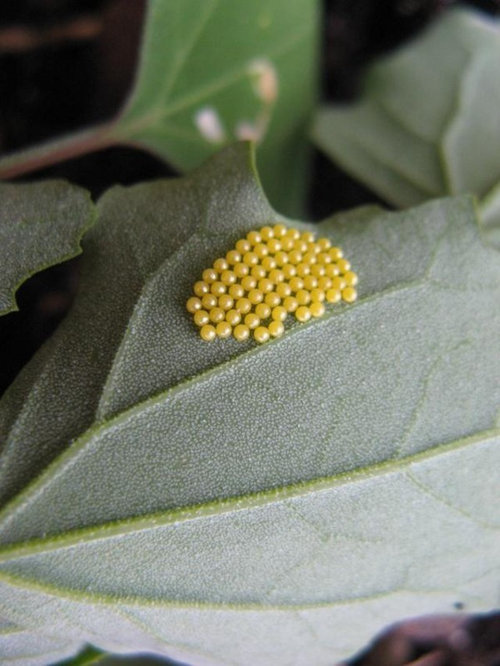



Round Yellow Insect Eggs




Monarchs And Milkweed Friends Of Goodwin Forest
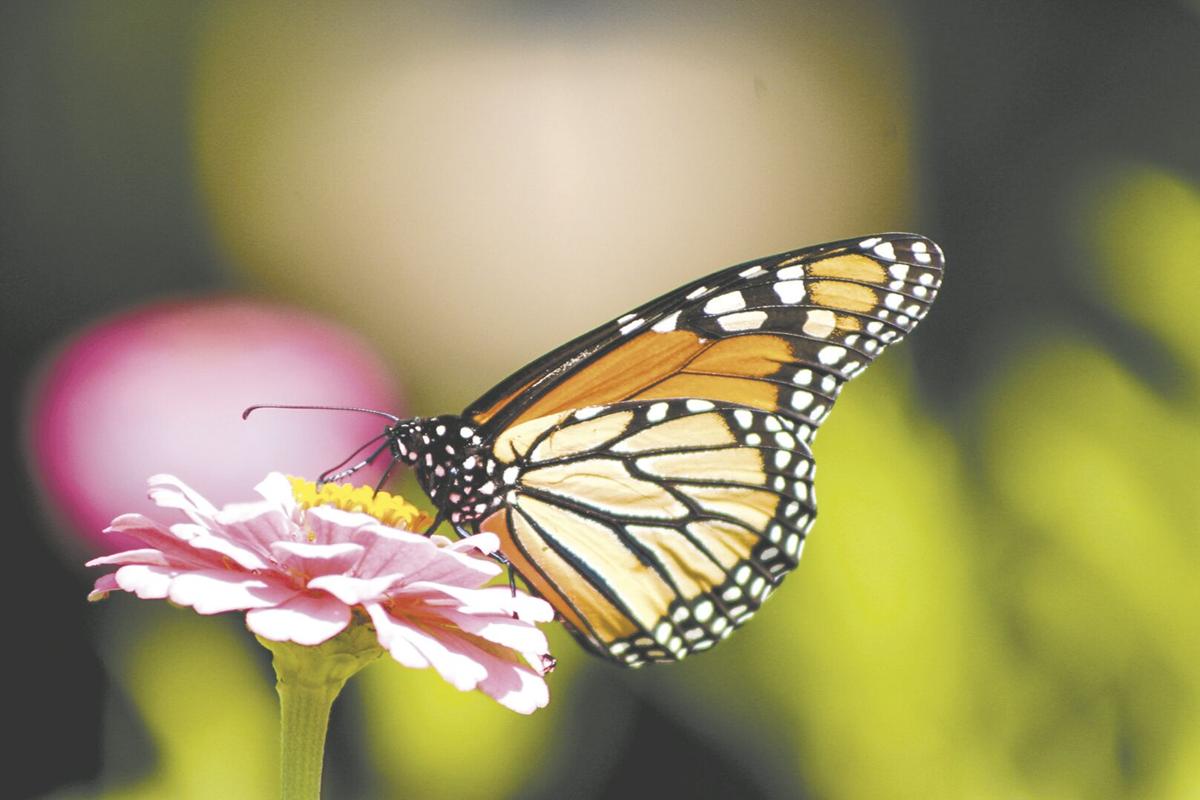



Monarchs And Milkweed Local Butterfly Lovers Raise Monarchs Spread Conservation Awareness News Murrayledger Com



Q Tbn And9gcsavmzlmo1jtgcj Mko K5h6ruxmqg3030myvoorqeknc Gcp38 Usqp Cau




How To Control Aphids On Milkweed Plants Monarch Butterfly




176 Monarch Egg Photos Free Royalty Free Stock Photos From Dreamstime




Milkweed 101 New Guide For 21 Bird Watching Hq
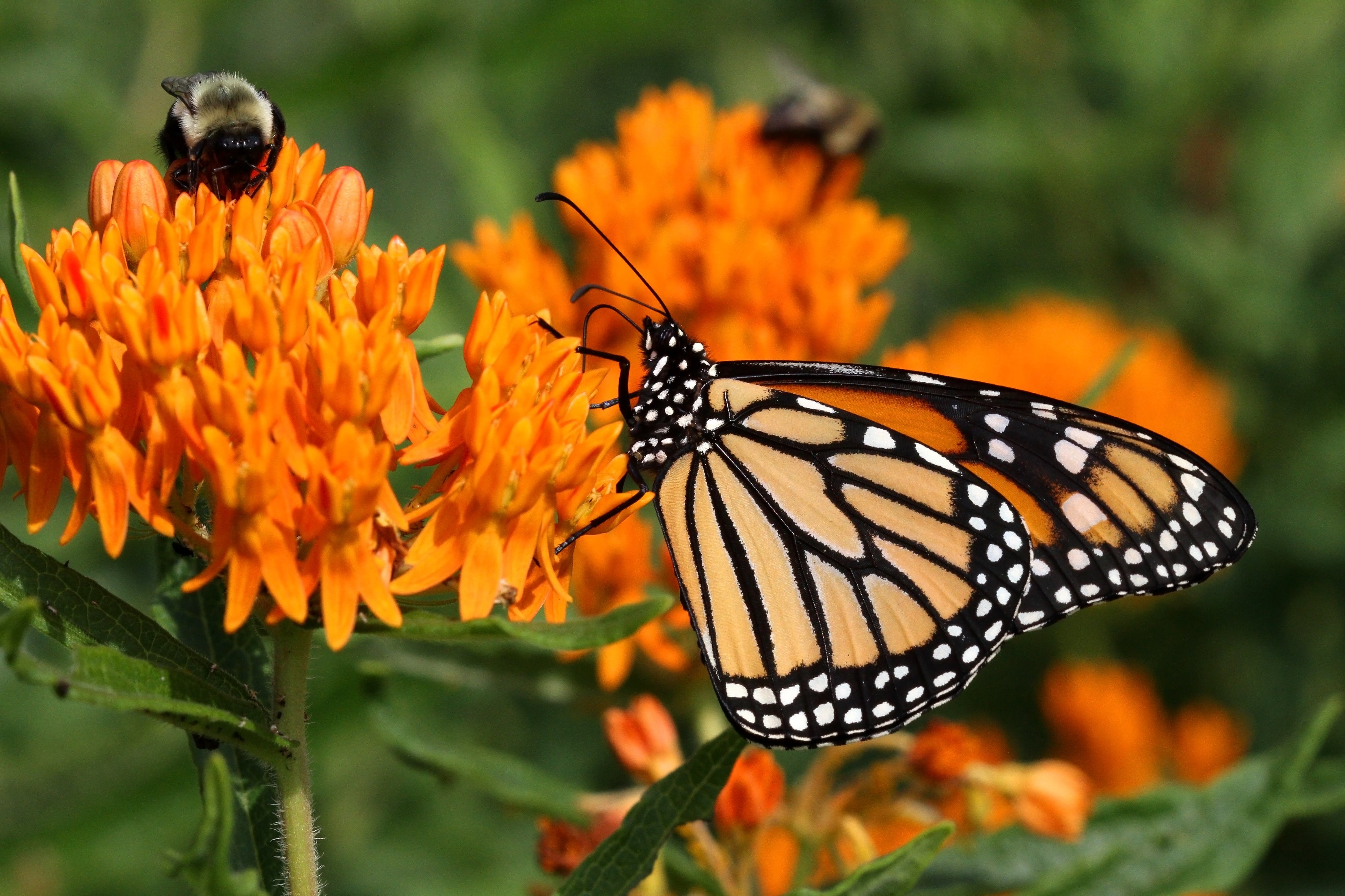



Best Milkweed Varieties For Monarch Butterflies Old Farmer S Almanac
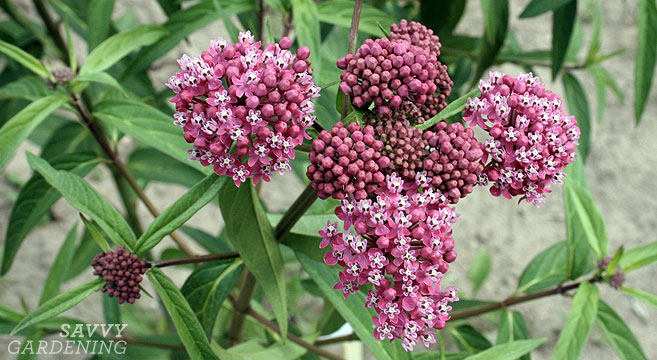



Plant Milkweed To Help Save The Monarch Butterflies




Monarch Butterflies Depend On The Milkweed To Survive But Other Insects Also Call It Home




3 917 Butterfly Egg Photos Free Royalty Free Stock Photos From Dreamstime
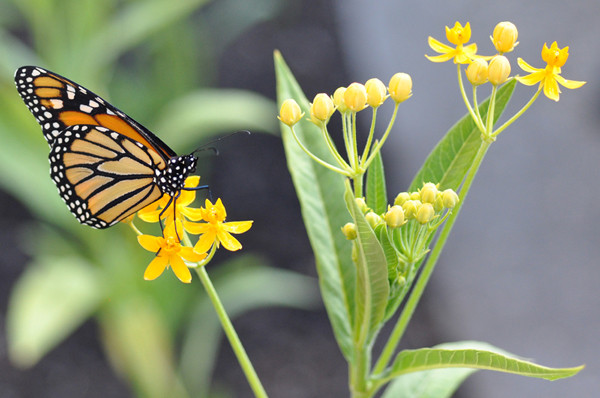



Silky Gold Tropical Milkweed Monarch Butterfly Host Plant




Full Winged Monarch Butterfly Feeds On Nectar And Prepares Flickr



Prepare Milkweed Plants For Monarch Eggs Raise The Migration Monarch Butterfly Life
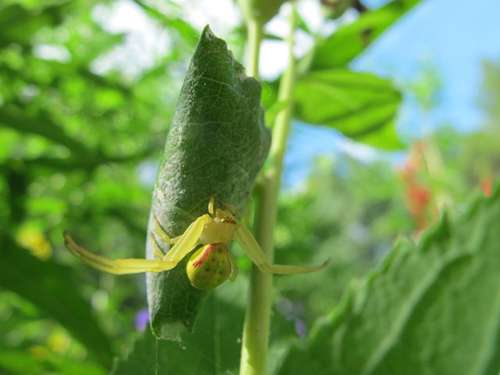



Milkweed Menagerie Friends Of The Mississippi River




How Milkweed Location Influences Monarch Egg Laying And Survival




Raising Monarchs Backyardsfornature Org




Golden Egg Bug Stock Photos And Images Agefotostock




Three Dogs In A Garden Milkweed Butterfly Weed If You Plant It They Will Come




Of Millers And Monarchs And Milkweed Kunc



How To Get Rid Of Aphids On Milkweed Save Our Monarchs




Milkweed Beauty On The Wing




Wild Side Butterfly Milkweed The Martha S Vineyard Times




About Milkweed West Coast Seeds




How To Control Aphids On Milkweed Plants Monarch Butterfly




Asclepias Curassavica Silky Gold At San Marcos Growers



Western Monarchs Notes From The Field Xerces Society




Mosiac Gold And Orange Monarch Is Busily Nectaring On Golden Milkweed Beautiful Butterflies Monarch Butterfly Butterfly Photos



E9zfn Xqxw4dvm




Monarch Butterflies Haven T Found Milkweed In Martinez Yard




The Peril Of Monarchs And Milkweed Coffee And A Slice Of Pie




Stop Milkweed Pests From Ruining Milkweed For Monarchs



Queen Butterfly Wikipedia




Milkweed Narrow Leaved Asclepias Fascicularis Stover Seed Since 1922




Eggs On Milkweed Might Be Moth Eggs What S That Bug



Monarch Butterflies Nearing Extinction Public News Service
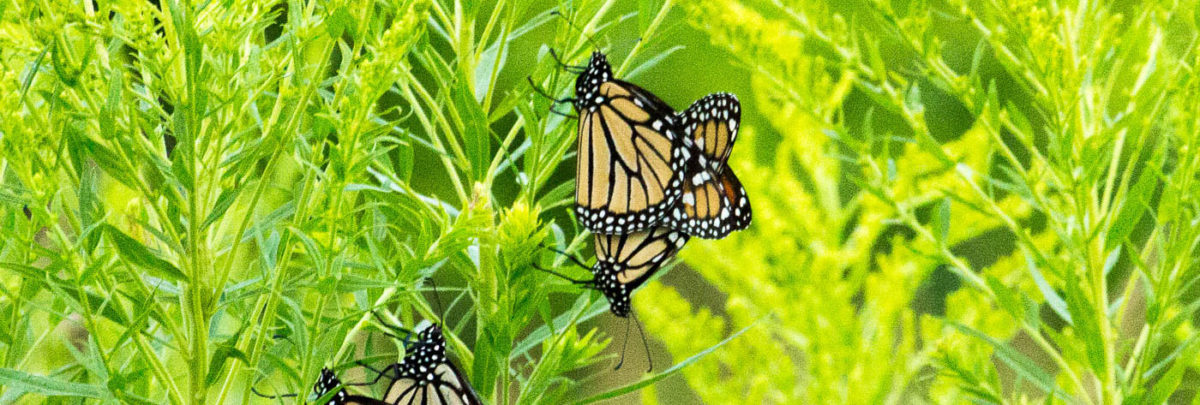



Monarchs And Mary Cummings Park The Friends Of Mary Cummings Park
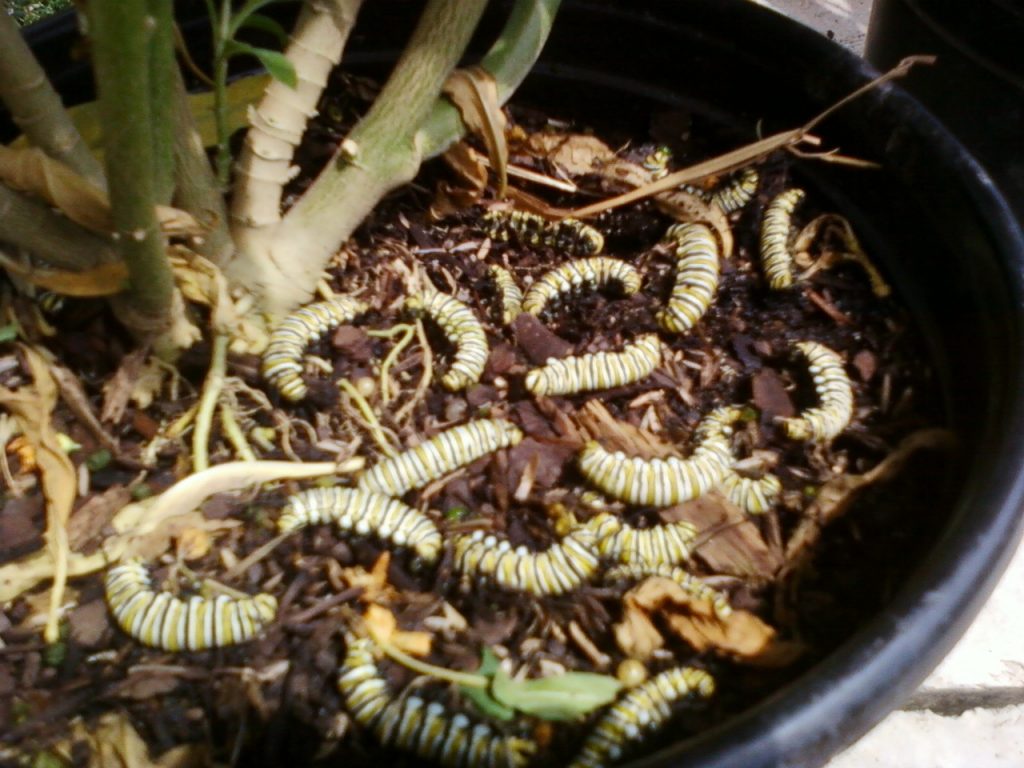



Desperately Seeking Milkweed Monarch Butterfly Caterpillars Voracious Appetites Create Milkweed Emergency Texas Butterfly Ranch




An Amateur Lepidopterist S Journal L E Phillips Memorial Public Library




Monarch Butterflies Egg To Butterfly 12 Steps With Pictures Instructables
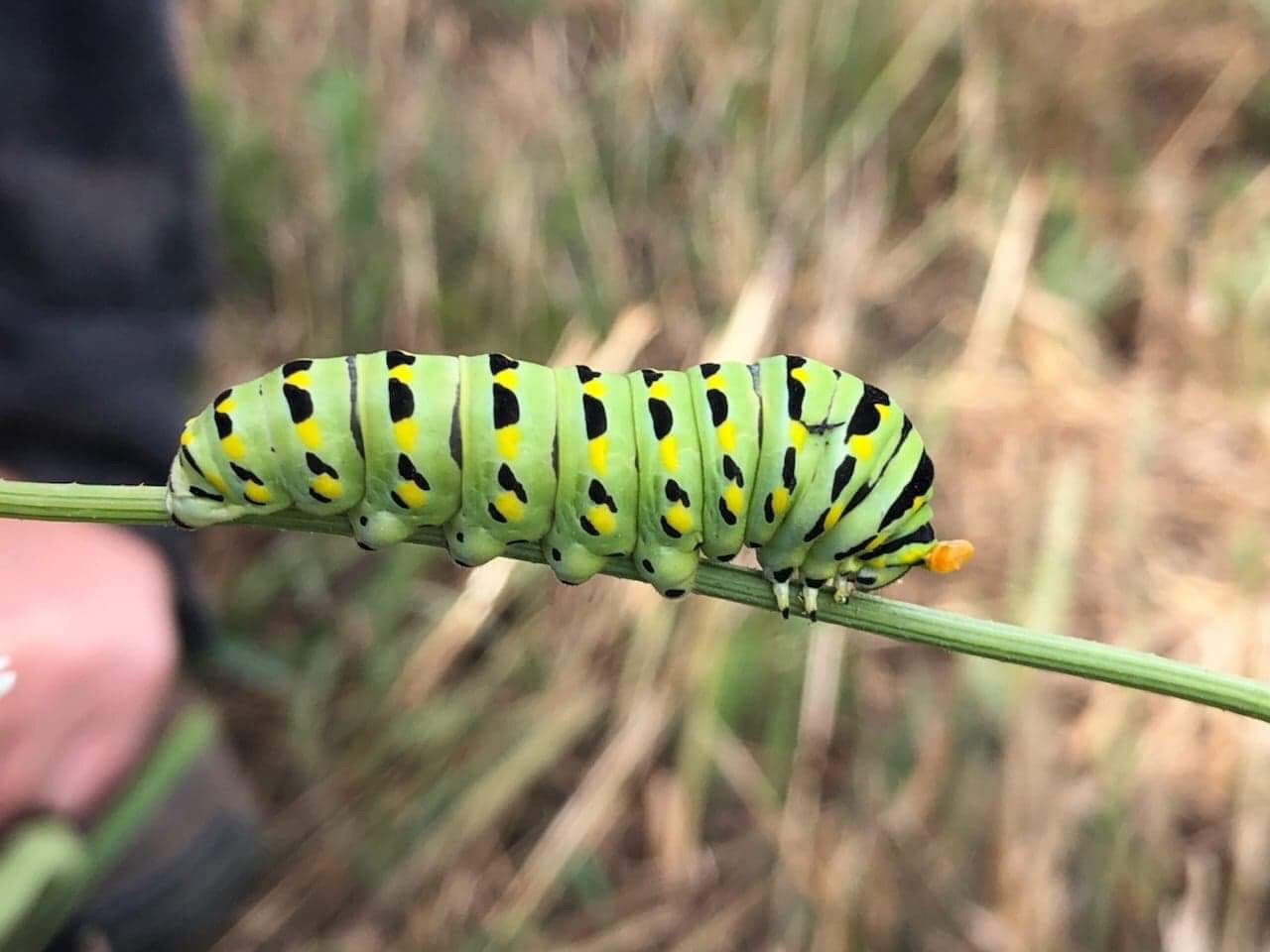



Mowing Milkweed Means More Monarchs Great Lakes Echo




Where I Wander Magical Meadow My Little Falls




Monarch Butterflies Backyard Buddies



How To Find Monarch Eggs And Caterpillars Save Our Monarchs




Mosiac Gold And Orange Monarch Is Busily Nectaring On Gold Flickr




Raising Monarch Butterflies Indoors
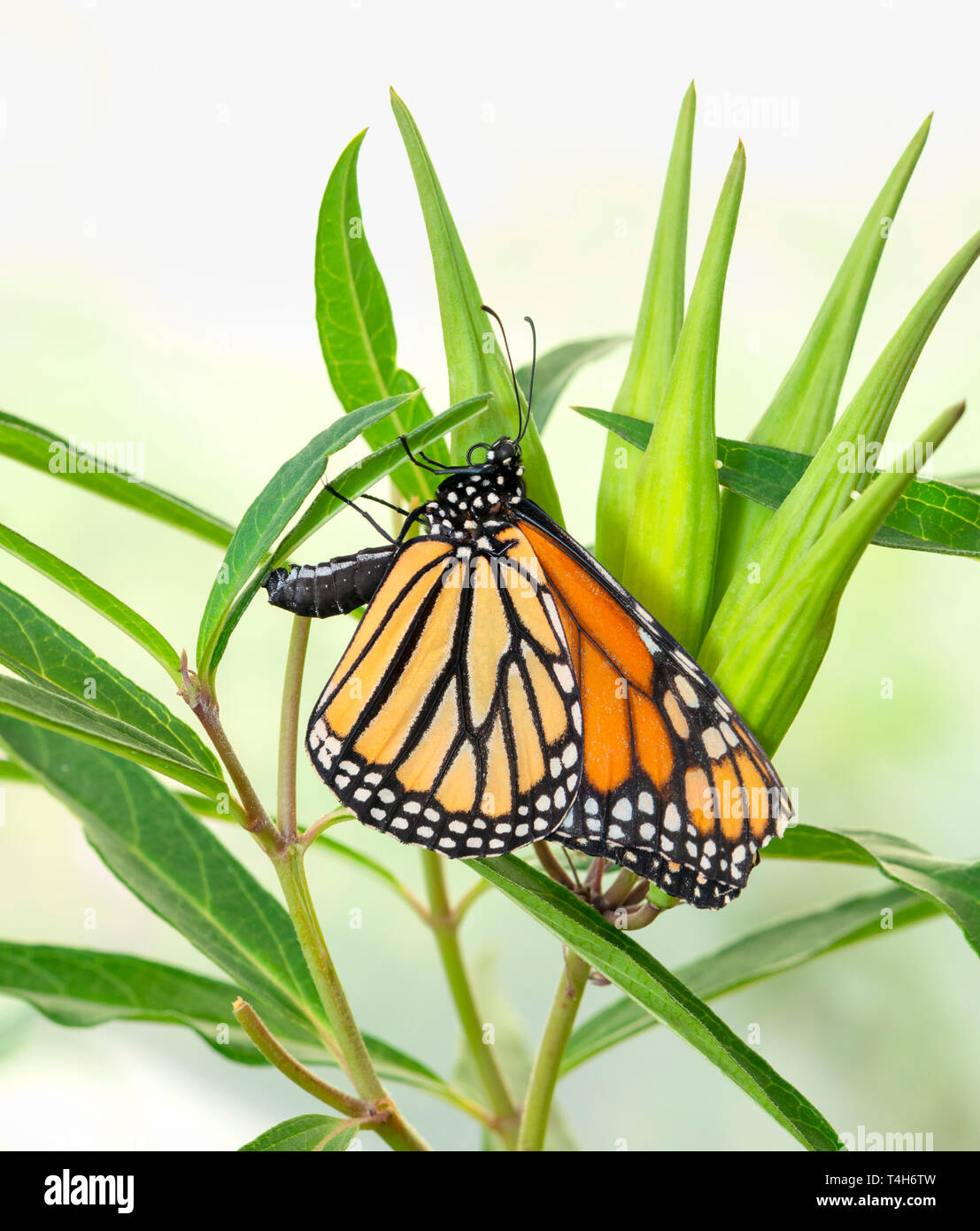



Monarch Butterfly Eggs High Resolution Stock Photography And Images Alamy




How To Control Aphids On Milkweed Plants Monarch Butterfly




Pin On Monarchs
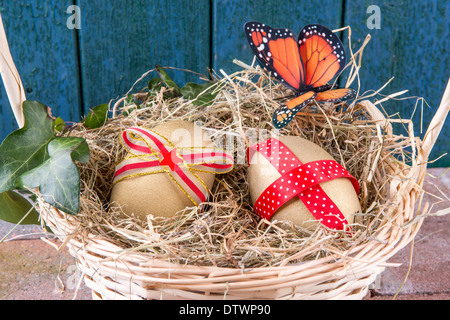



Two Golden Goose Eggs In A Hay Filled Basket With Bow And Ivy Stock Photo Alamy




Smart Gardening To Support Monarchs Gardening In Michigan



How To Find Monarch Eggs And Caterpillars Save Our Monarchs
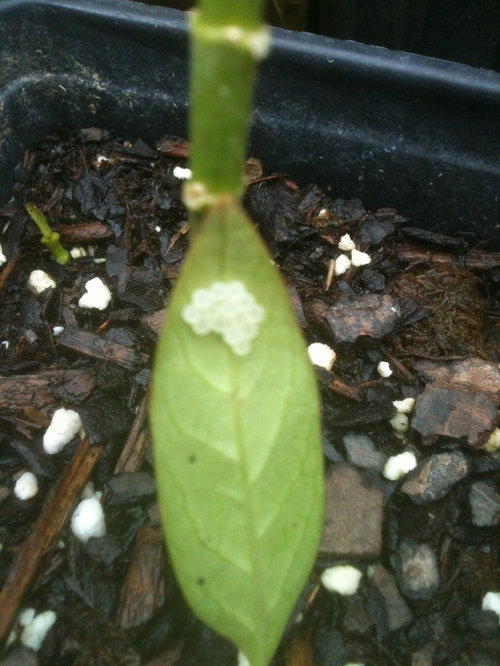



Any Idea What These Eggs Are On Milkweed Leaf




Leaf Footed Bug Eggs Photo Bob Moul Photos At Pbase Com




Poke Milkweed Natural Areas Notebook




Silky Gold Milkweed Asclepias Curassavica Rooted Cuttings Butterfly Host Plants
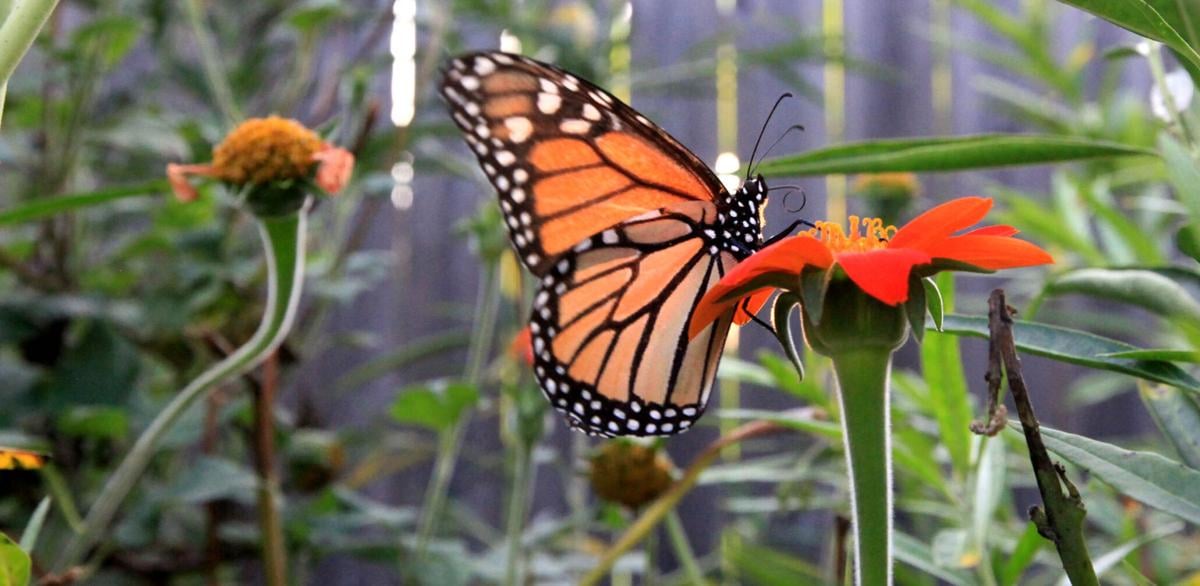



Master Gardener Why Milkweed Plants Are So Important For Monarchs Home Garden Tulsaworld Com
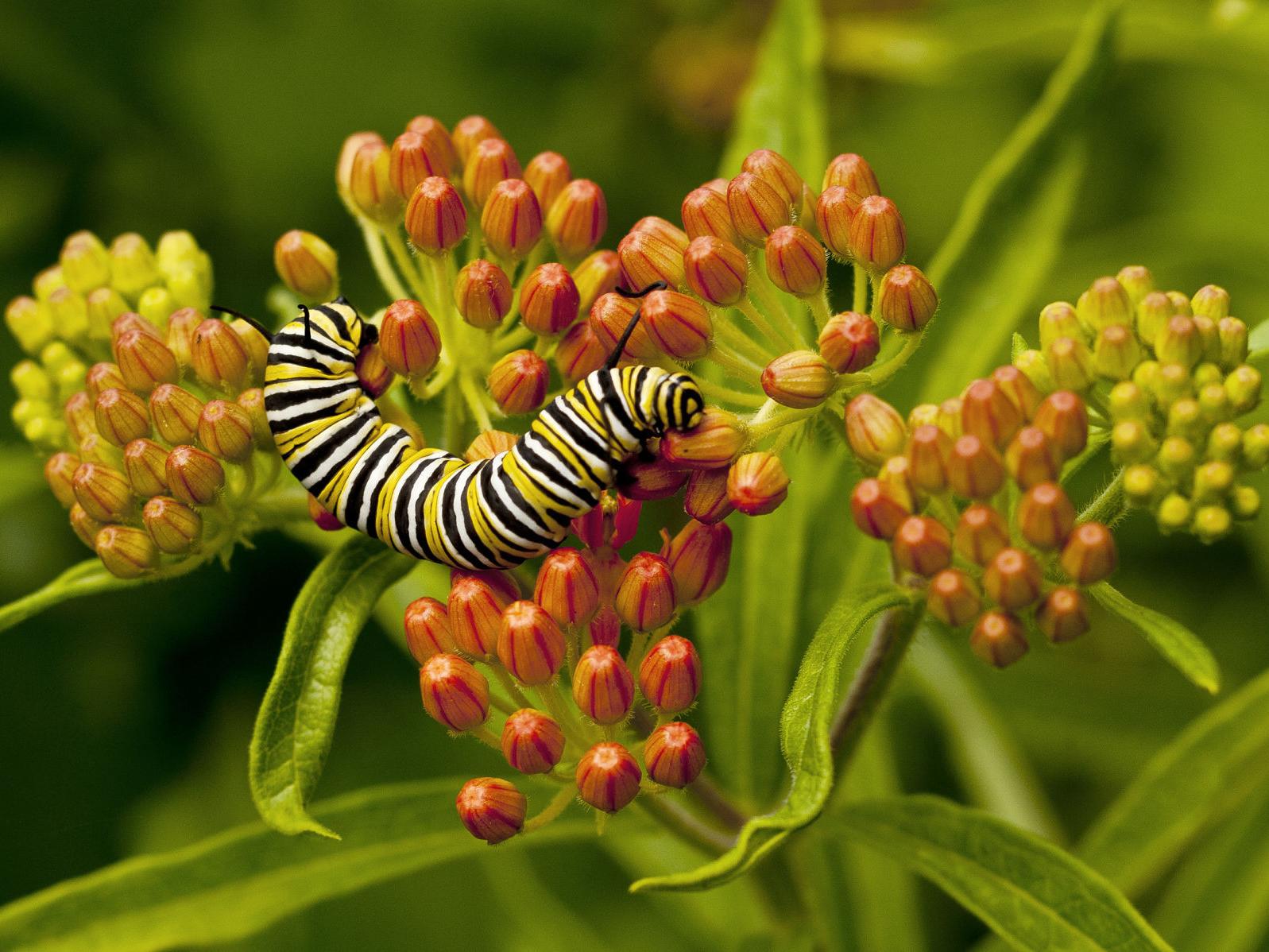



Butterflies Rely On Specific Host Plants For Laying Eggs Journalnow Com



0 件のコメント:
コメントを投稿